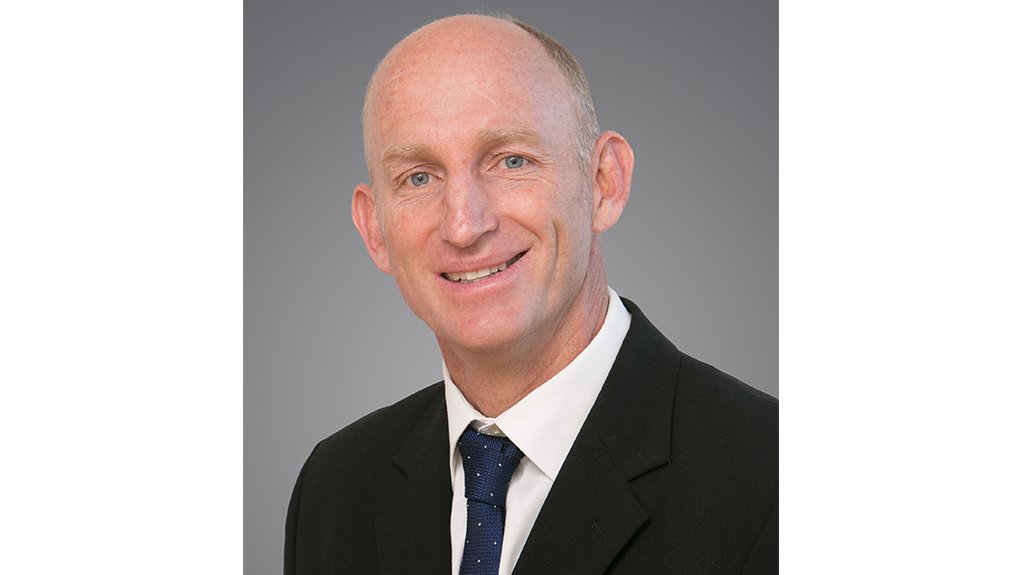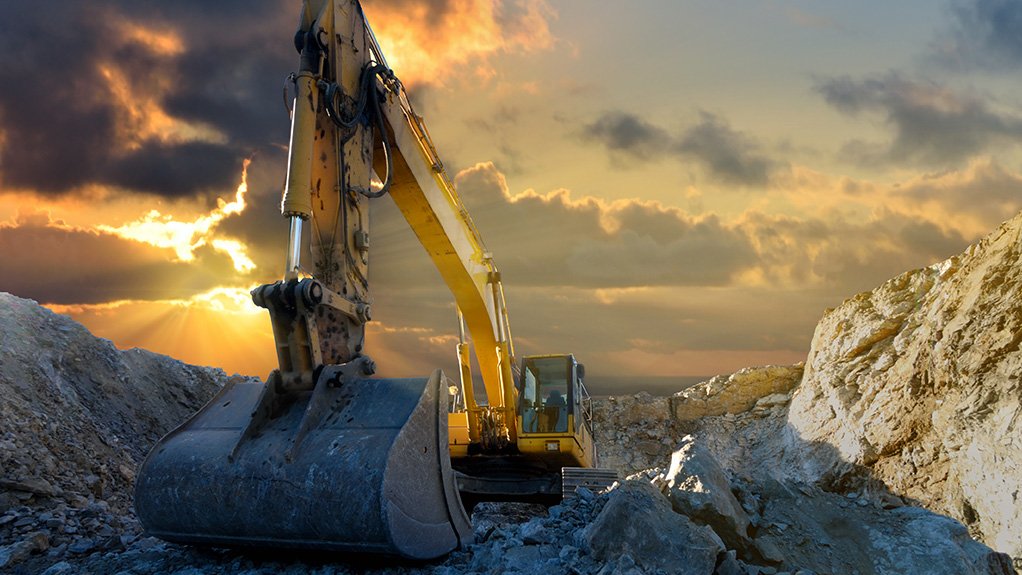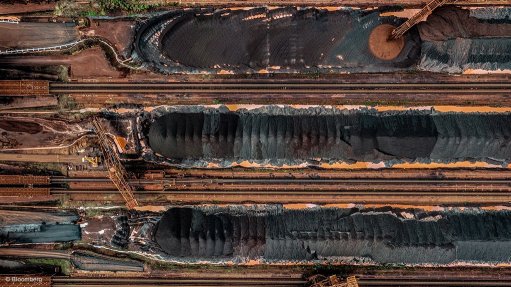Duty of care heightened on recommissioned mines



DR DAVE KNIGHT Mines that are being recommissioned can potentially inherit legacy health issues
PRESSURE IS ON Mining operations face increasing pressure to implement an adequate duty-of-care agenda
Photo by C W Jones - Adobe
Mining operations face increasing pressure to implement an adequate duty-of-care agenda, owing to pressure from investors and regulators who question mining operations’ social licence to operate and factor this in to their investment decisions.
Mining operations being recommissioned after care and maintenance are expected to take various health and safety aspects into consideration for their workforces and the surrounding communities, says global medical and security assistance provider International SOS occupational health physician Dr Dave Knight.
He says mine operations could also face legal consequences, should they neglect to implement adequate duty-of-care initiatives.
Knight cites an example of a silicosis class action case in South Africa against the gold mining industry, whereby the industry became liable for billions of rands in 2019, owing to the prevalence of silicosis in current and former miners.
“This litigation environment is driving an appreciation of duty of care and is an important factor to consider when recommissioning a mine,” he warns.
Duty-of-care agendas are informed by industry bodies, such as the International Council on Mining and Minerals, which encourage members to report to them on their sustainability developments.
Environmental Impact
Mines that are being recommissioned can potentially inherit legacy health issues, affecting employees who may have been exposed to hazards that were present under the previous management regime.
For example, some employees may have been exposed to silica dust and contracted silicosis and/or tuberculosis.
Knight says silicosis has a latency period of about 18 to 20 years between the onset of first exposure and detection and may not have been detected under the previous management, but now becomes apparent on re-employment.
“Depending on the type of substance that was mined and the ore geochemistry in the old mine, people may have been exposed to various chemicals, inhalation hazards and noise.”
Hence, he recommends employers conduct a health risk assessment (HRA), as well as pre-placement medical screening, to help implement proper health surveillance on the new workforce and document their baseline health status.
Moreover, exposure assessments for risk mitigation should be conducted by obtaining historic industrial hygiene data to understand the mine’s industrial hygiene status prior to being placed into care and maintenance.
This enables employers to understand, for example, the adequacy of the mine’s ventilation system to prevent health and safety risks.
Further, a community situational analysis and baseline study enables mine operators to be cognisant of existing health issues in the residing communities that may also impact on the workforce and mitigate future liability.
“HRAs are conducted for the workforce, but you also need to perform a health impact assessment (HIA) for the community to define the potential negative impacts of recommissioned mining operations. Further, an HIA also helps to identify the positive impacts that the recommissioned mine might bring to the community,” adds Knight.
Once baseline studies have been established and a HIA has been conducted, mines can then improve mining design to avoid negative impacts, and design programmes – such as malaria control, improved sanitation, and access to clean water – that will positively affect community health.
Knight enthuses that some mining operations have positively impacted on surrounding communities, with International SOS supporting mining companies in their efforts to improve mine-affected communities by helping design community health programmes.
Company Role
International SOS has different divisions to assist recommissioned mines in providing site medical staffing to ensure that health and safety protocols are followed, and in providing medical and security assistance, as well as consulting services.
The company offers group medical advisory support and training as part of its consulting services using corporate medical advisers to support mining operations in their health agenda by designing policies, standards, protocols, procedures and guidelines, and by supporting implementation.
Consulting services can also perform workplace HRAs that include exposure assessment, and HIA. International SOS also has a supply chain division to assist mining operations with their equipment and consumables.
Further, International SOS has pioneered a health needs assessment that characterises the wellbeing of employees working on mines, recommends and supports programmes which incorporate mental health and psychological support, along with programmes to boost physical and social health.
“We are seeing increased interest from the mining industry around mental health issues. There is a lot of engagement and discussion that needs to take place with the company before embarking on a programme or service to understand what its needs are. We also need to have good scientific information, made available from the impact studies and risk assessments, to inform that engagement to allow for mining operations to have a positive impact,” Knight concludes.
Comments
Press Office
Announcements
What's On
Subscribe to improve your user experience...
Option 1 (equivalent of R125 a month):
Receive a weekly copy of Creamer Media's Engineering News & Mining Weekly magazine
(print copy for those in South Africa and e-magazine for those outside of South Africa)
Receive daily email newsletters
Access to full search results
Access archive of magazine back copies
Access to Projects in Progress
Access to ONE Research Report of your choice in PDF format
Option 2 (equivalent of R375 a month):
All benefits from Option 1
PLUS
Access to Creamer Media's Research Channel Africa for ALL Research Reports, in PDF format, on various industrial and mining sectors
including Electricity; Water; Energy Transition; Hydrogen; Roads, Rail and Ports; Coal; Gold; Platinum; Battery Metals; etc.
Already a subscriber?
Forgotten your password?
Receive weekly copy of Creamer Media's Engineering News & Mining Weekly magazine (print copy for those in South Africa and e-magazine for those outside of South Africa)
➕
Recieve daily email newsletters
➕
Access to full search results
➕
Access archive of magazine back copies
➕
Access to Projects in Progress
➕
Access to ONE Research Report of your choice in PDF format
RESEARCH CHANNEL AFRICA
R4500 (equivalent of R375 a month)
SUBSCRIBEAll benefits from Option 1
➕
Access to Creamer Media's Research Channel Africa for ALL Research Reports on various industrial and mining sectors, in PDF format, including on:
Electricity
➕
Water
➕
Energy Transition
➕
Hydrogen
➕
Roads, Rail and Ports
➕
Coal
➕
Gold
➕
Platinum
➕
Battery Metals
➕
etc.
Receive all benefits from Option 1 or Option 2 delivered to numerous people at your company
➕
Multiple User names and Passwords for simultaneous log-ins
➕
Intranet integration access to all in your organisation




















